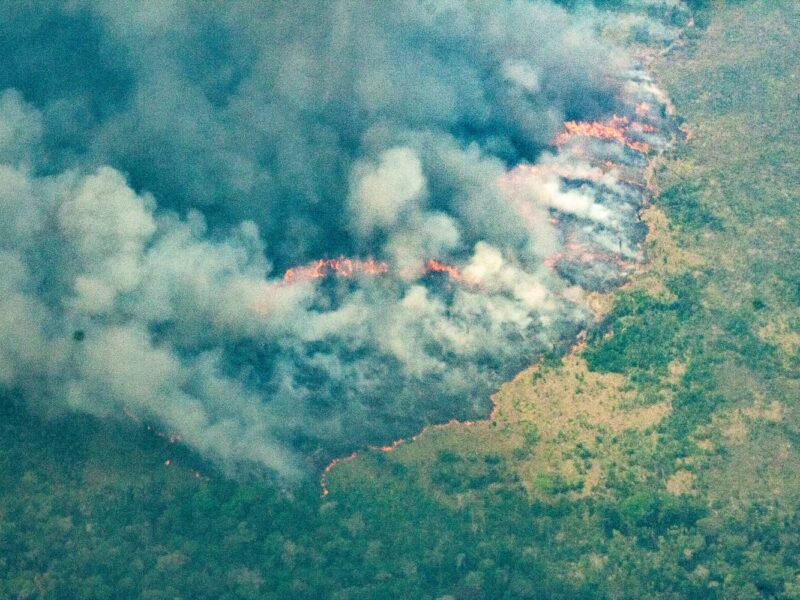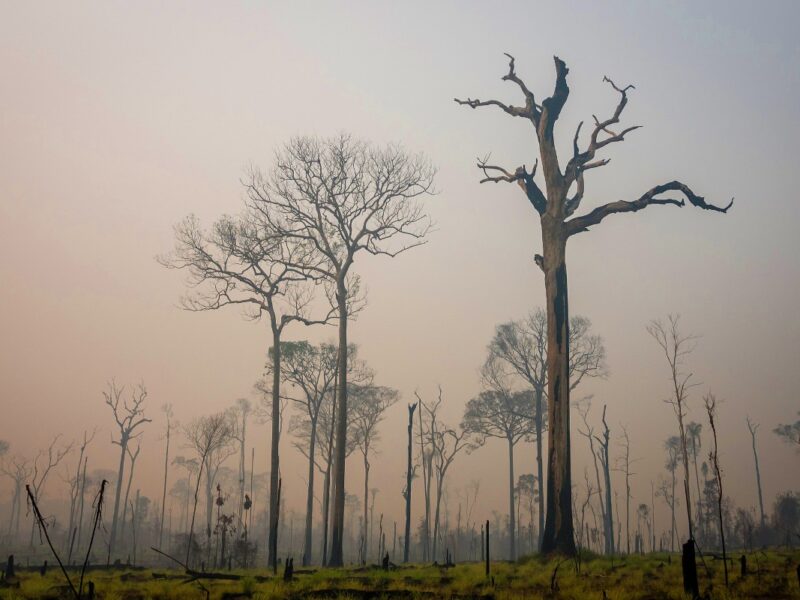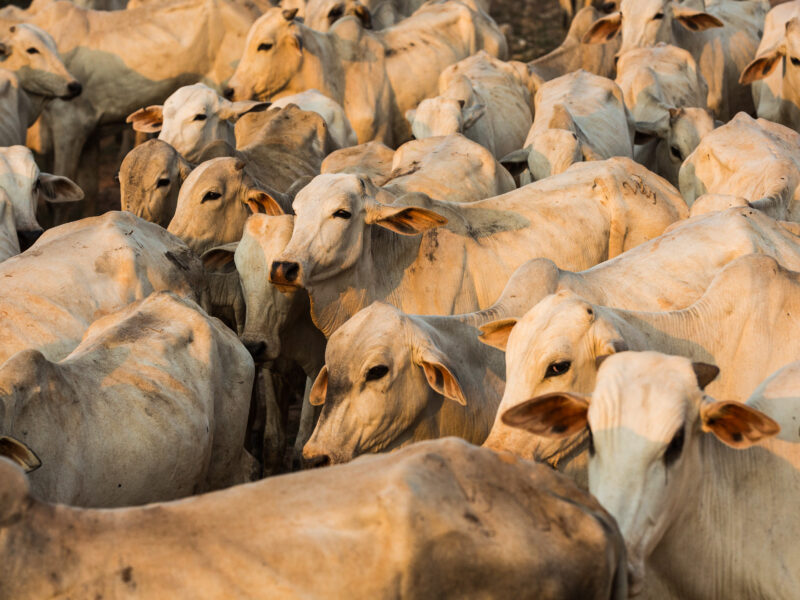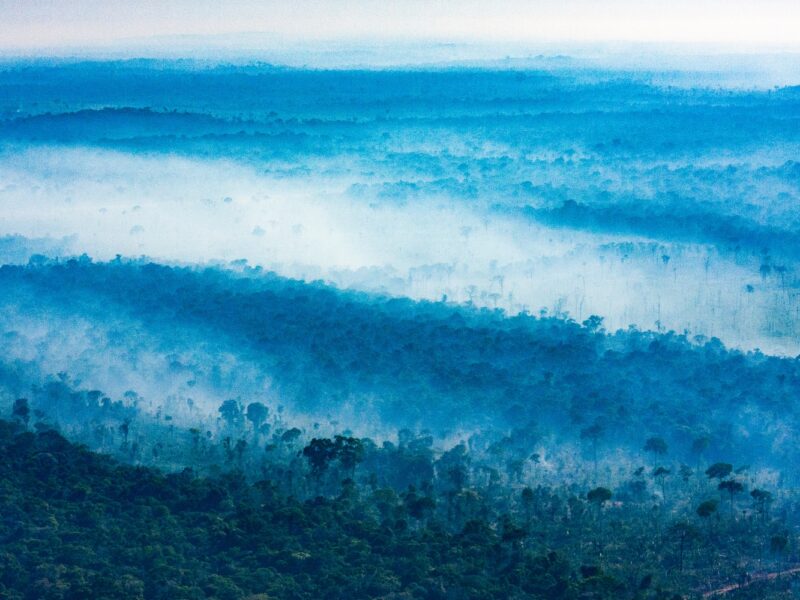The fires are largely responsible for the pollution related to respiratory and cardiovascular diseases. A study shows that the Amazon rainforest is capable of absorbing 26,000 tons of particulate matter per year and that indigenous territories contribute 27% of this total. Preserving them prevents 15 million new cases of illness every year.
Journalist with a postgraduate degree in Literary Journalism, she writes stories on the environment, environmental education, institutional books, chronicles and children's books.

70% of the Amazon forest could be degraded by 2050
In addition to deforestation, forest degradation provoked by human action is among the main sources of carbon emission. Fire and drought are the main factors responsible for future degradation, indicative of the gravity of climate change. Even if the Amazonian countries achieve the promised goal of zero deforestation in 2030, the degradation will continue, as David Lapola explains in an interview with InfoAmazonia.

Deforestation in the Amazon: past, present and future
According to a new study from RAISG, in just five years, the Amazon could lose almost half of what it lost in the past two decades.

The challenge of eliminating deforestation as demand for beef rises
Lula promises to eliminate deforestation by 2030, but projections from the Ministry of Agriculture indicate a 17% increase in beef production in the next ten years, which could lead to the deforestation of one million hectares per year until 2030. Alternatives to further clearing of the forest are the restoration of the pastures and an increase in productivity, allied with oversight measures that put an end to illegal land grabs.


